In conjunction with its meteoric rise in the economic spheres, China’s new initiative of One Belt One Road (OBOR) is attracting global attention for its grand scale of potentially connecting Asia, Africa, Europe (and South America) through the much needed infrastructure projects. It is a grand vision of ushering in a new international order albeit based on Chinese characteristics, with an elaborate programme of galvanizing domestic and international audience through not only wider publicity but also constructive and competitive involvement of various stake holders. It has massive budgetary outlays of over $900 billion [of which $50 billion invested so far] out of a required $8 trillion in investments. OBOR projects promise to provide huge opportunities for the domestic manufacturing, financial and tourism sectors to operate and enhance their influence at the global and regional levels.
The OBOR provides several opportunities and challenges to many states and non-state actors in the international system at a time when the Global Financial Crisis and Eurozone Crises are intensifying. If the investments in the infrastructure projects across Asia, Europe and Africa (and South America) materialize, then these possibly could trigger economic opportunities across the regions. This has been the main theme of the official discourse in China. However, many political leaders, scholars, officials and media across the globe raise queries on any “hidden” agenda behind the OBOR projects. These are related to the Chinese efforts to influence or dominate the international and regional orders, deployment of military and para-military forces, exploration of bases and others. Global and major powers are currently re-adjusting their policies towards the Chinese initiative of OBOR, calculating potential benefits and losses in its trail, and have been making their own initiatives. These aspects are explored extensively in the current volume – both on the functional aspects as well as the bilateral equations and responses of many a country for the OBOR projects.
The volume is divided into two major sections with the first focusing on the major ideas, initiatives, programmes and components of the OBOR, the domestic political debates and participation, ancient cultural and economic roots of the Silk Road, political economy aspects, connectivity plans across the continents, maritime dimension, energy issues, media perceptions and others. The second section focuses on the responses and perceptions of various countries to the OBOR initiative.
As the OBOR idea is of recent origin, this volume – with its in-depth focus on a number of related issues – is indispensable for the decision and policy makers across the globe as with the academic and media communities.


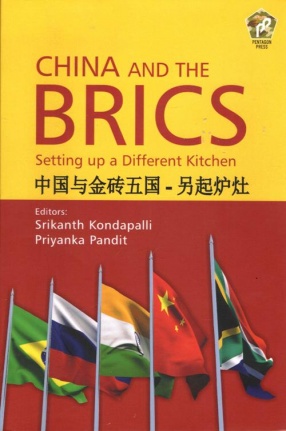
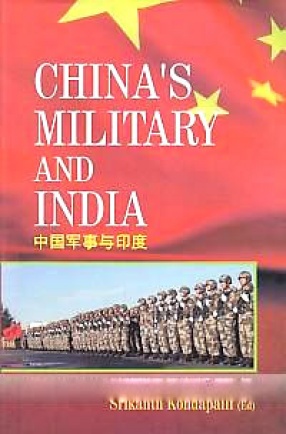
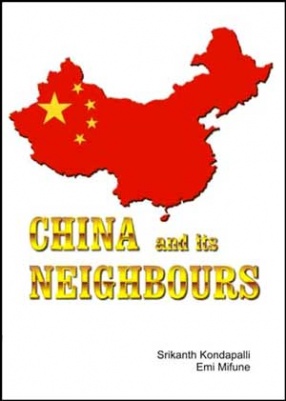
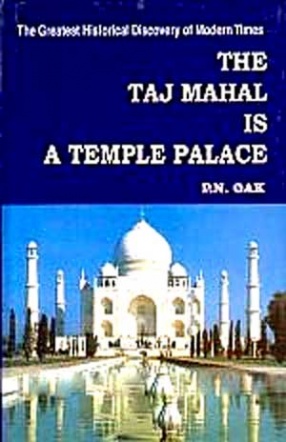
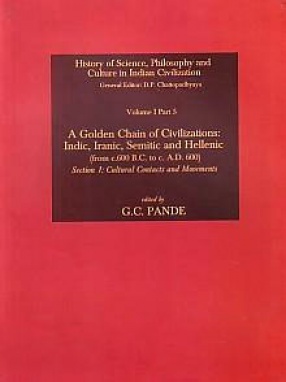
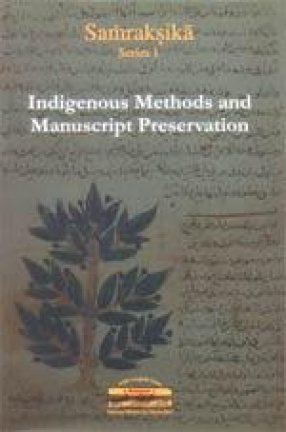
There are no reviews yet.